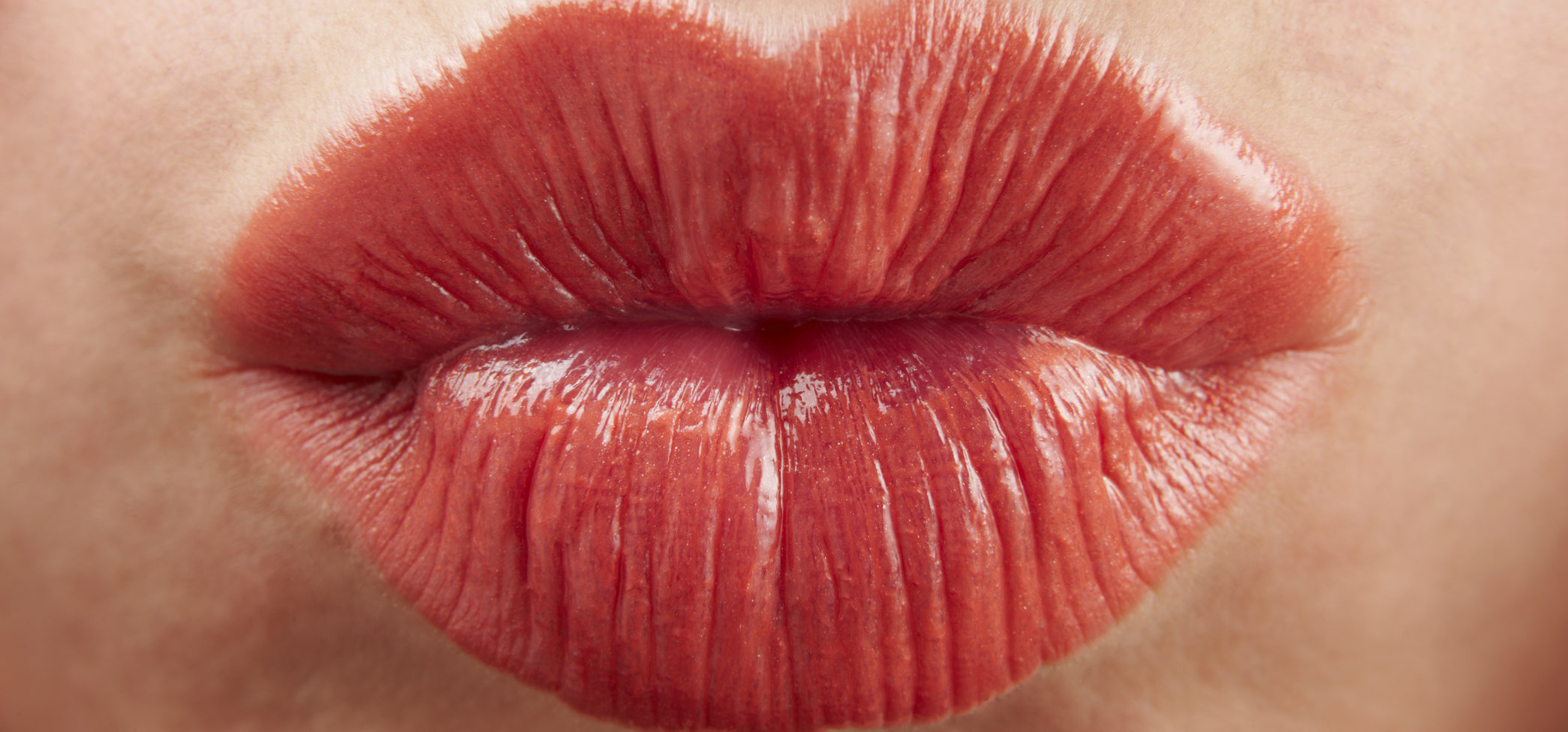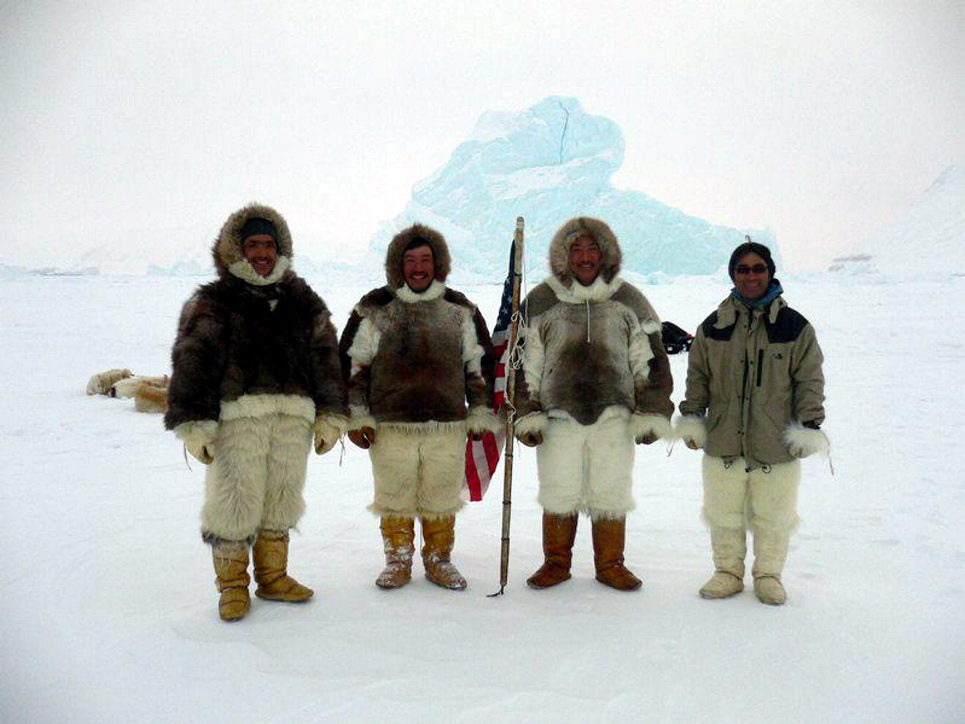
IN the West, we use kisses to let our children know they’ve done a good job, to greet an old friend, or to let someone know we feel passionately towards them.
But kissing is interpreted completely differently across the world and is even absent from a number of cultures.
We take a tour of the world on international kissing day, exploring how different cultures approach locking lips, or whole-heartedly avoid it.
New Zealand
The Mãori Hongi is the official greeting of New Zealand, expressed by the rubbing or touching of noses or foreheads. Akin to the Western custom of kissing, the hongi carries far more significance. According to legend the God Tane breathed life through his nostrils into a molded woman’s shape, giving life to the figure.
If you’re visiting New Zealand and are approached to participate in this sacred and noble gesture, you should always accept on account of the inherent meaning that comes with it.
Netherlands, Belgium, France, Germany
In these countries, the double or triple kiss is customary, starting on the right cheek and alternating to the left.
It’s more polite to do three kisses on each cheek, so this tends to be the case for younger people kissing older people.
Arctic Circle
In the northerly regions of Alaska and Canada, the Inuit tribes do not kiss by touching lips but rather by brushing their noses together.
Speculation suggests that the affection of rubbing noses and sharing breath puts the participants face to face, but in sub-zero temperatures, they don’t want to risk freezing the spit in their mouths or transferring moisture to another’s lips where it could rapidly freeze.
Middle East
In many Middle Eastern countries, it is common practice for men to greet with a kiss, and to walk around holding hands or in an embrace.
However, especially in Muslim countries, it is extremely taboo for men and women to be seen kissing in public, and in many cases it is illegal, seen as too intimate a practice to be on display.
But India is the home of the Kama Sutra and ancient poems in Hindu texts describe in detail the art of kissing. The India Times asked how some people in India could be outraged over an act the country “practically invented.”
Sub-Saharan Africa
In many African tribes, kissing is actually seen as “gross” and is not practiced at all. Studies have reported tribes being completely disgusted at the act, believing it is akin to eating food out of someone’s mouth.
At the University of Zimbabwe, students can be expelled if they are caught indulging in any public displays of affection.
Japan
Up until recently, Japan and other Asian countries had no word for kissing. Japan instead simply used the English word: kissu.
Kissing in public is not wide spread in Japan, instead bowing is the customary greeting.
Thailand
The longest kiss ever occurred in Thailand. It lasted for 58 hours, 35 minutes and 58 seconds. The couple beat 8 other couples in the kissing contest, including a couple in their 70s.
“French kissing” in Thailand is still relatively new, with the influx of tourism and Western influence replacing the country’s traditional methods of locking lips.
However, any type of public kissing across less touristy parts of Thailand is still very much frowned upon.

Enjoy the convenience of having The Sunday Post delivered as a digital ePaper straight to your smartphone, tablet or computer.
Subscribe for only £5.49 a month and enjoy all the benefits of the printed paper as a digital replica.
Subscribe





